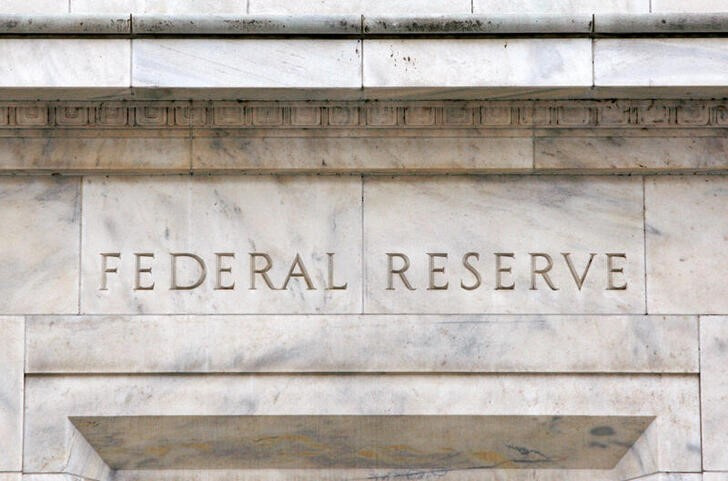Investing.com — Recent actions by central banks, including the Federal Reserve’s 50 basis point rate cut and China’s large-scale stimulus, have stirred discussions in global financial circles.
While these moves have generated optimism in the markets, BCA Research analysts suggest they could be indicators of deeper economic challenges rather than signals of a renewed recovery.
As per analysts at BCA, these actions reflect concerns over growing economic weaknesses. In the United States, the Federal Reserve’s focus has shifted from controlling inflation to addressing a cooling labor market, as unemployment rises towards the estimated natural rate of unemployment.
Although the initial response to a rate cut can be positive, historical patterns reveal that stock market rallies following such cuts are typically short-lived and followed by declines over the subsequent months.
BCA flags that the Fed often cuts rates just before a recession, underscoring that monetary easing can be a forewarning of economic distress rather than a savior.
The situation in China echoes similar concerns. Despite the massive stimulus and rate cuts, BCA indicates that these measures may not be sufficient to reverse the ongoing economic slowdown.
The Chinese economy, grappling with the aftermath of a burst property bubble, is experiencing a balance-sheet recession characterized by weak demand for credit, low consumer confidence, and diminishing returns from monetary policy.
Analysts at BCA argue that without more robust fiscal reforms, including efforts to increase consumption, China’s economic revival may be muted, despite short-term market gains.
“We continue to expect that the global economy will fall into recession over the next 6-12 months,” the analysts said.
The lagging impact of previous monetary tightening is expected to weigh heavily on economic activity, as rate cuts will not be able to prevent the onset of a recession in time.
BCA recommends adopting a cautious approach to investment, with a risk-off portfolio strategy. This includes underweighting equities and credit, favoring government bonds, and maintaining a neutral stance on cash.

